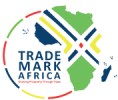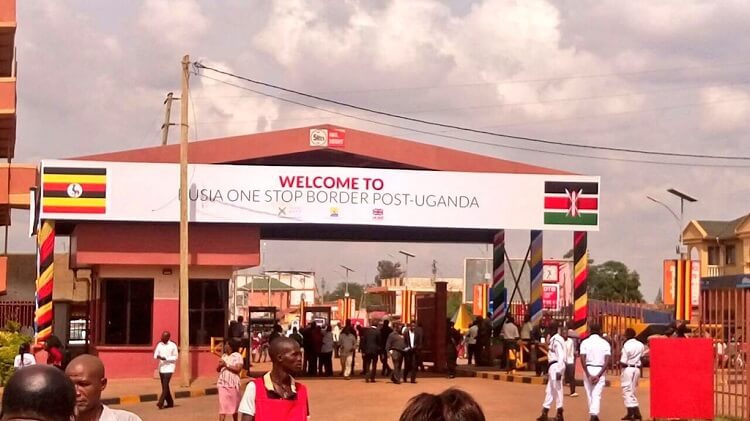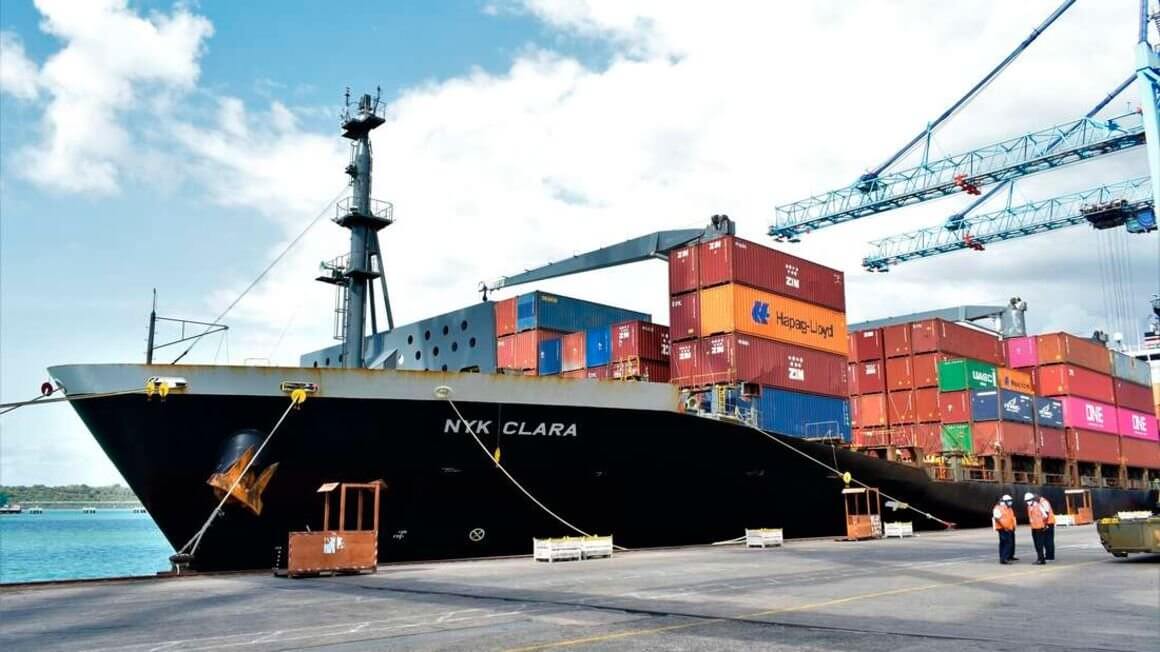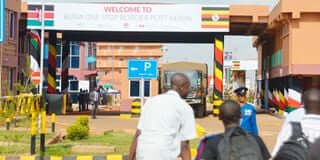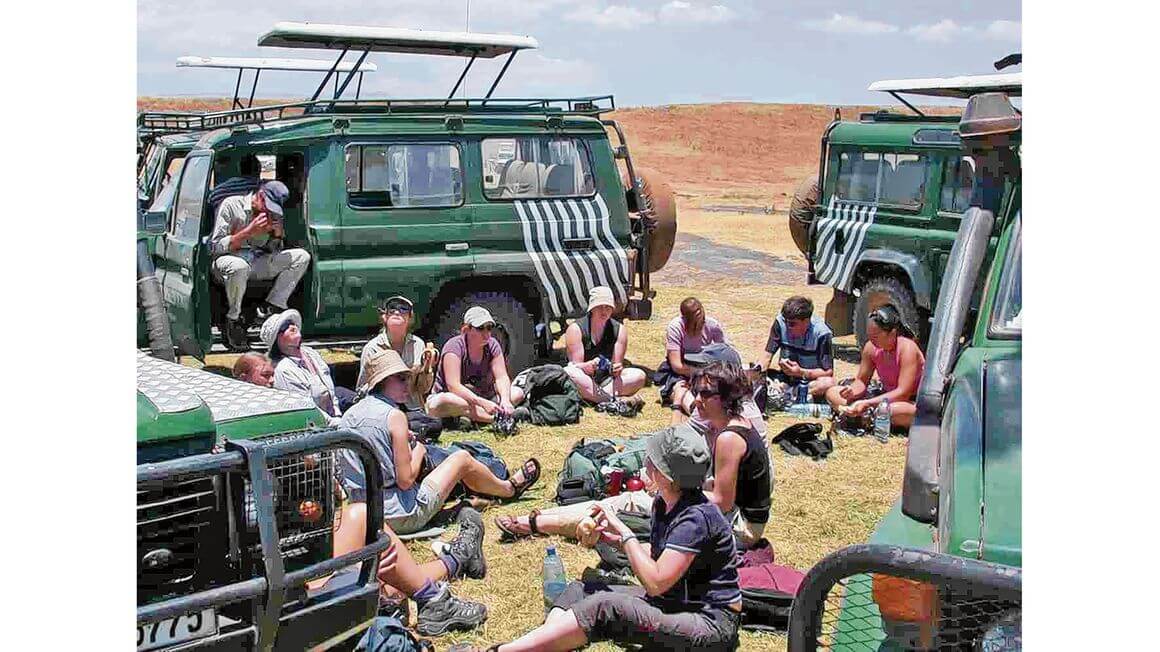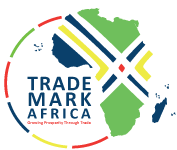Vaccine inequity leaves people in developing countries vulnerable to new virus strains and slows down economic progress. Trade facilitation measures are a fast, cost-effective way to enable the smooth flow of vaccine supplies across borders to aid recovery. We outline how trade facilitation can address these key challenges and highlight the success of a project in Mozambique. As vaccine inequity hinders economic recovery in less-developed countries and threatens to reverse progress towards the Sustainable Development Goals (SDGs), trade facilitation measures offer a fast, cost-effective solution. From digitizing trade documents to cutting red tape and making border processes more efficient, they ensure vaccines travel more easily to those who need them most. While boosting COVID-19 vaccine production – especially in the countries with low immunization rates – resolving licensing disputes and eradicating trade barriers such as export restrictions are also vital for equitable vaccine access, they require significant time and investment. In contrast, implementing trade facilitation measures – as laid out in the WTO Trade Facilitation Agreement – can reap results within months rather than years, and ensure that when vaccine supplies do ramp up, they flow quickly to where they are needed most. Facilitating trade in COVID-19 vaccines also brings long-term benefits for countries’ broader health systems and economies, reducing the future cost of importing anything from perishable foods to pharmaceutical inputs. Why vaccine inequity matters According to the Global Dashboard for Vaccine Equity, a joint initiative of the United Nations Development Programme (UNDP), the World Health Organization (WHO) and the University of Oxford, just 2.14% of people...
Trade facilitation is a quick win for vaccine equity. Here’s why
Posted on: October 4, 2021
Posted on: October 4, 2021
